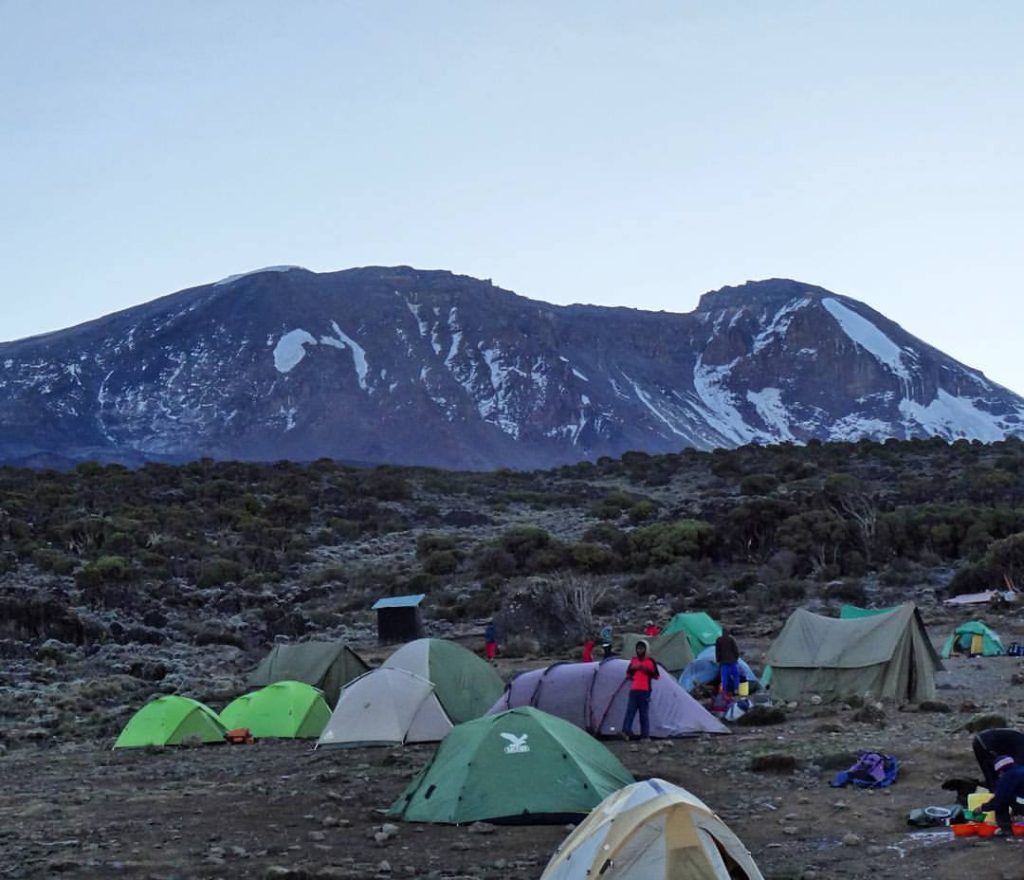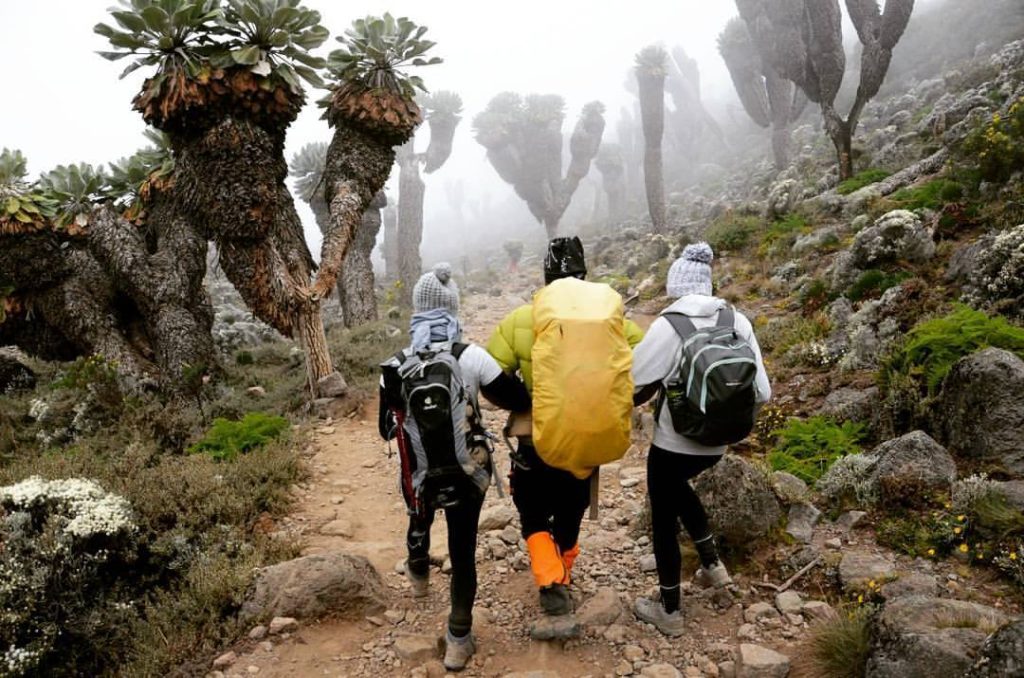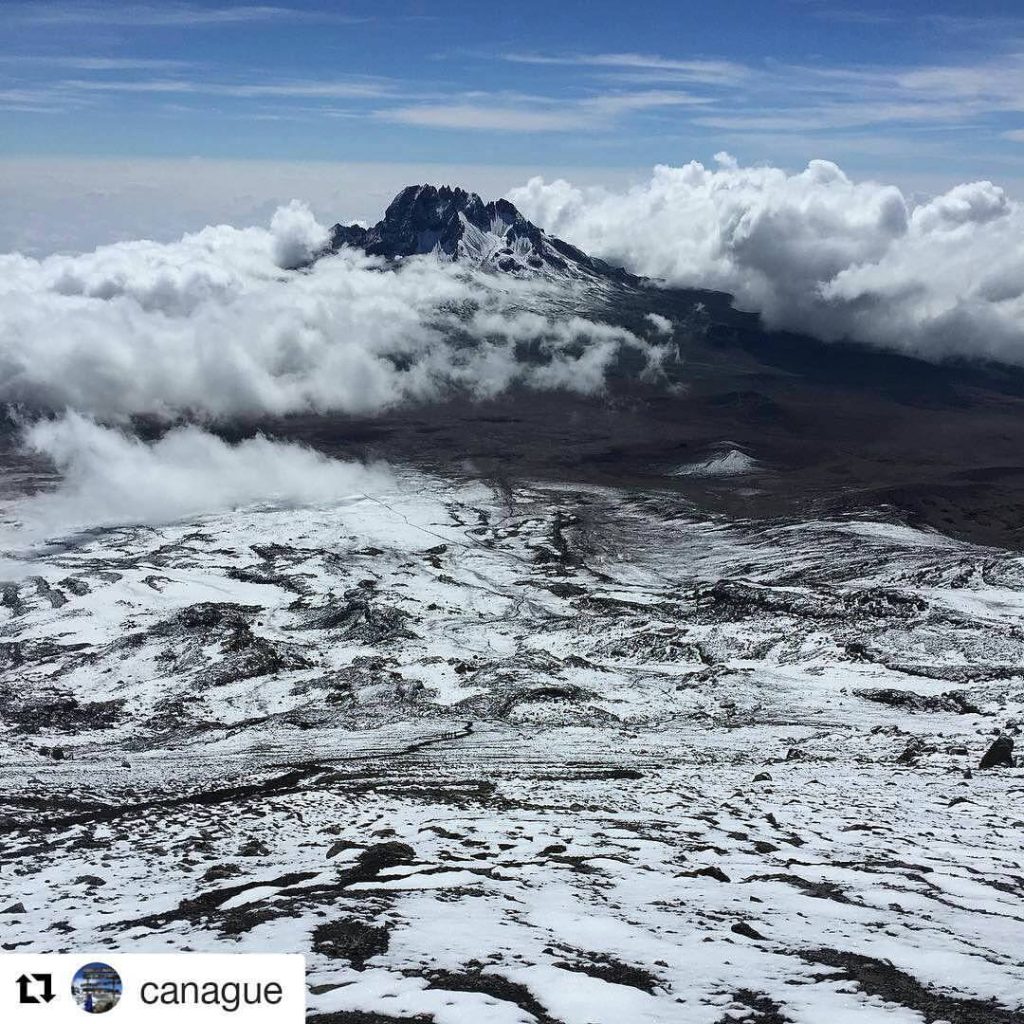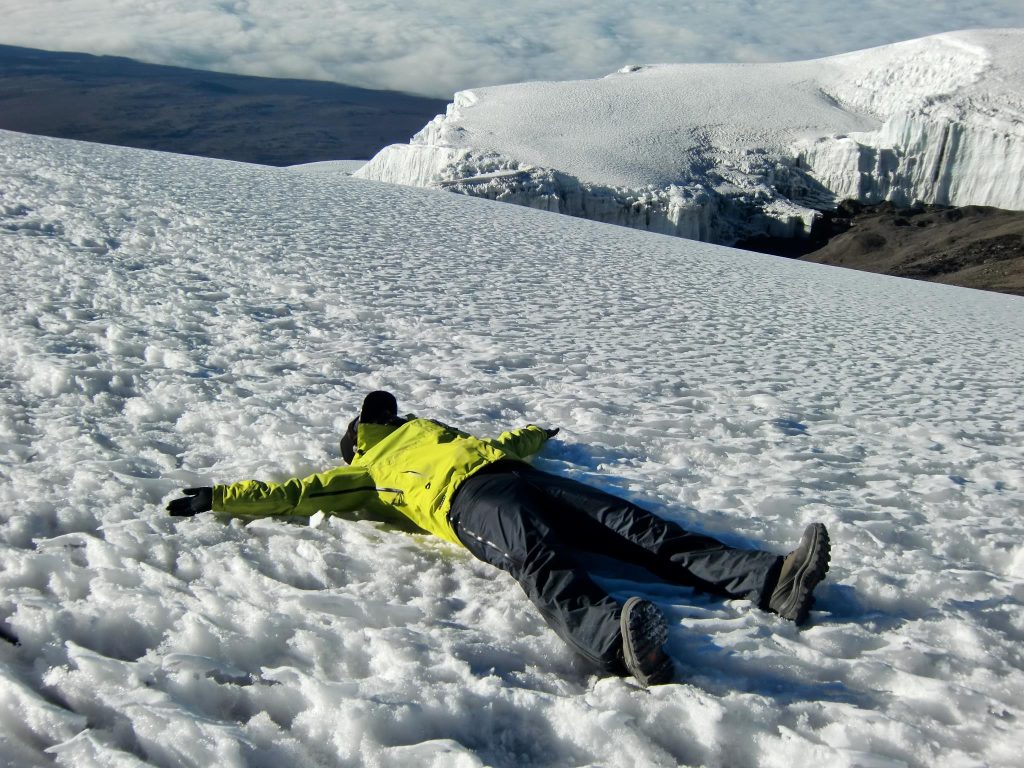Mount Kilimanjaro
overview
Kilimanjaro is the tallest free-standing, snow-capped tropical mountain in the planet. Stories about her resident man-eating spirits have been consigned to the realms of mythology now that she has been mapped and climbed. Mount Kilimanjaro, on the other hand, maintains a mystique that contradicts all current knowledge of her slopes. Images of Tanzania’s remarkable contrasts, such as the towering snow-covered cone rising majestically from rich green slopes, have become a compelling motif. When the cloud lifts to offer a sight of the towering peaks gleaming brightly in the tropical sun, few can deny a sensation of awe.
For the indigenous Chagga people and all others who have built their lives around this mountain, Kilimanjaro signifies a tremendous life force, offering rich volcanic soils for agriculture and an inexhaustible supply of clean spring waters. You may visit with our local guides to learn more about Tanzanian culture and language. They will assist you explore and comprehend everything.



Climbing Mount Kilimanjaro
One of the most astonishing characteristics of the mountain today is its peak’s accessibility to climbers who have never used mountain climbing equipment or have no prior experience ascending such heights. It is the tallest peak that ordinary visitors may climb, despite the fact that it is still a significant feat of human endurance!
The amount of breathing oxygen at the summit is less than half that found at sea level, and climbers must traverse at least eighty kilometers on their own two feet over the five days it takes to reach the summit and return.
Over the last century, the number of climbers has increased to over a thousand each year, a significant increase since Hans Meyer became the first European to summit Kilimanjaro in 1889. Because of the growing number of climbers each year, the Kilimanjaro National Park now requires all climbs to be pre-booked, and tickets are no longer granted at the park entrance at the last minute.

Overall Fitness Required
Although it is feasible to hike to the summit of Kibo without using professional climbing equipment, it is a difficult and serious undertaking that demands a high degree of physical fitness, stamina, and a realistic understanding of the potentially harmful consequences of high elevations.
Before trying to scale the mountain, several tour companies recommend that passengers contact with a doctor and undergo a physical examination to assess general fitness.
Materuni Tours provides five alternative ways to climb Mount Kilimanjaro, allowing you to have the ultimate Kilimanjaro adventure!
Other Related Destinations
Serengeti National Park
- Safari Destinations
Serengeti is the biggest National Park of Tanzania and even listed on the World Heritage List of Unesco.
Ngorongoro Conservation Area
- Safari Destinations
The Ngorongoro Conservation Area (NCA) is actually part of the Serengeti plains to which the Maasai Mara (Kenya) also belongs to.
Tarangire National Park
- Safari Destinations
This park attracts a great amount of animals because it contains an important water source, the Tarangire river.
Lake Manyara National Park
- Safari Destinations
Only one third of this national park is land, the rest is swamp or water. The area has a size of 325km²
Arusha National Park
- Safari Destinations
Situated on the slopes of Mt. Meru, this park is only an hour drive from Arusha. Besides all the wildlife.
Mkomazi National Park
- Safari Destinations
Set beneath the verdant slopes of the spectacular Usambara and Pare Eastern Arc Mountain ranges and overseen
Lake Natron
- Safari Destinations
Lake Natron is situated north of the Ngorongoro Conservation Area and reachable by an adventurous route passing Engaruka village. The area is not as well known as the other nature parks,
Mount Kilimanjaro National Park
- Safari Destinations
Kilimanjaro is the tallest free-standing, snow-capped tropical mountain in the planet. Stories about her resident man-eating spirits have been consigned to the realms of mythology now




